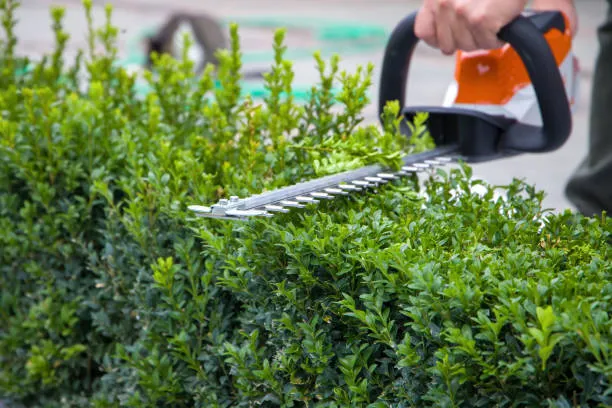
The Science of Soil: Understanding Its Impact on Landscape Design Oct 10, 2025
Soil is not just dirt; it's a complex ecosystem that supports plant life. Each component, from the tiniest microbes to the mineral composition, plays a role in how plants grow. The soil’s texture, pH level, and nutrient content can profoundly influence the growth of your garden or landscape, making soil analysis a critical step in any landscaping design.
When planning a landscape, the first task is to analyze the soil type. Soil can generally be categorized into three main types: sandy, clay, and loamy. Sandy soil, known for its large particles, promotes good drainage but can struggle to retain nutrients. On the opposite end, clay soil holds nutrients well but drains poorly, often leading to waterlogged roots. Loamy soil, often considered ideal, balances the properties of sandy and clay soils and supports robust plant growth.
Correctly identifying your soil type allows you to select appropriate plants that will thrive in those conditions. For instance, drought-resistant plants tend to fare better in sandy soils, while moisture-loving plants prefer the dense, water-retentive nature of clay. At Mulch & Dig, our landscaping experts can assess your soil and help you choose plants that are not only suited to your regional climate but also to your specific garden bed.
pH levels are another critical factor; they influence nutrient availability to plants. Most plants prefer a pH range of 6.0 to 7.5. Testing your soil's pH is straightforward and can alert you to potential issues. If adjustments are needed, solutions like lime can raise pH, while sulfur can lower it, balancing the environment to suit your plant selections.
Soil's organic matter content, often found in the form of decomposed plant and animal material, is another crucial component impacting soil health. This organic content boosts soil fertility, improves texture, and aids in moisture retention. Adding compost or organic matter is a sustainable way to enhance soil health. This involves a strategy we promote at Mulch & Dig: regular incorporation of organic matter to maintain soil vitality, which encourages healthier and more vibrant landscapes.
Water management is also significantly influenced by soil structure. Poor drainage can lead to root rot, while highly porous soil might necessitate frequent watering. By understanding the drainage properties of your soil, you can design a landscape that conserves water, a practice that is both economically and environmentally beneficial. Techniques such as grading, installing drainage systems, or incorporating hardscaping elements can all play a part in an effective water management plan.
In conclusion, the science of soil is a critical pillar of successful landscape design, and at Mulch & Dig, we’re dedicated to helping you understand and utilize it to your advantage. Whether through selecting the right plants, adjusting soil chemistry, or enhancing soil with organic matter, the strategies you employ can transform your landscape into a thriving, sustainable ecosystem. Contact us to learn how our expertise can cultivate your dream landscape into a flourishing reality. Embrace the science of soil and watch as your garden comes alive in new, unexpected ways.
/filters:no_upscale()/filters:format(webp)/media/04b103c8-1928-4603-af4f-cd9adb632f94.webp)
/filters:no_upscale()/filters:format(webp)/media/31f8ab00-9501-4f07-a64c-b005a3bba0f1.jpeg)